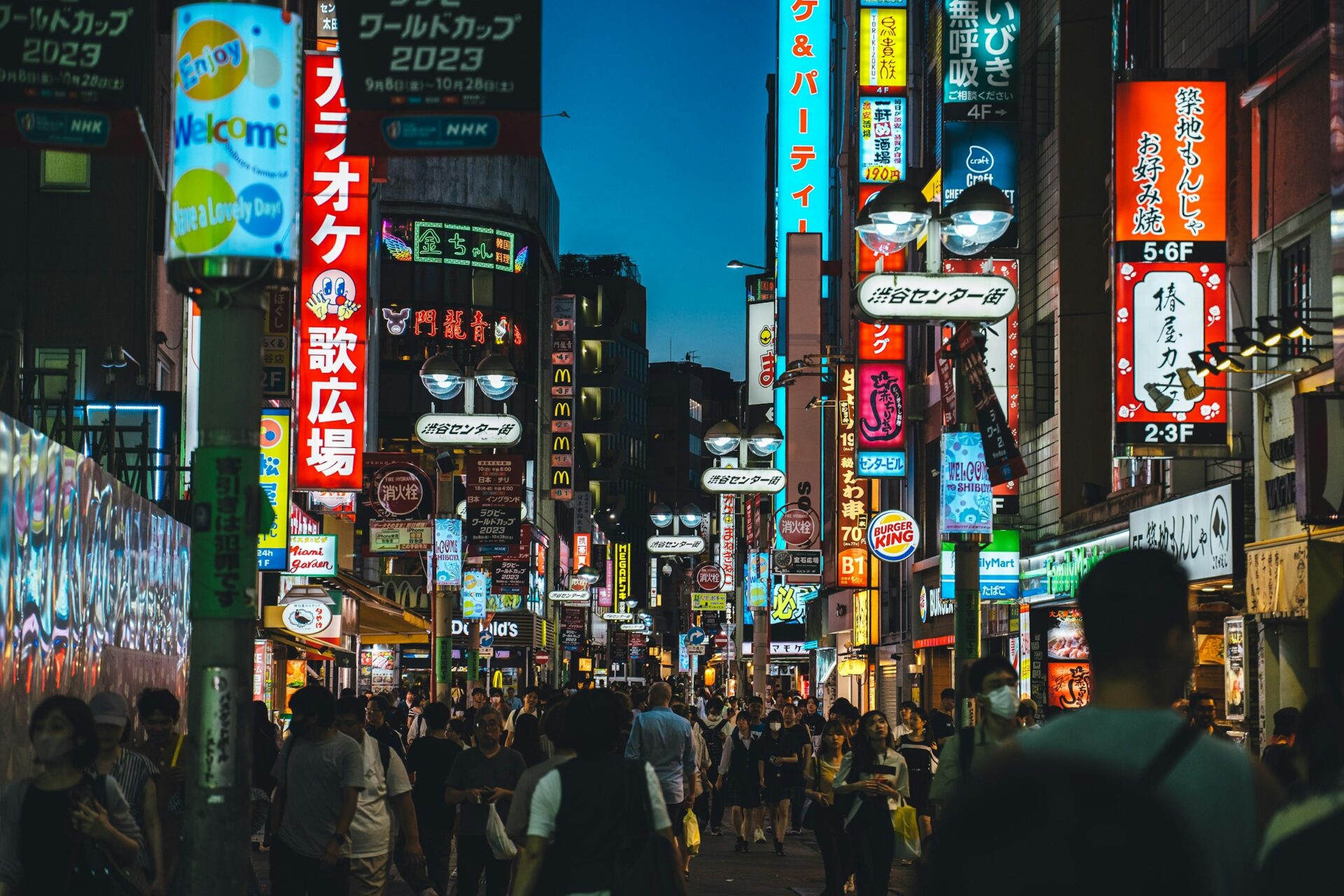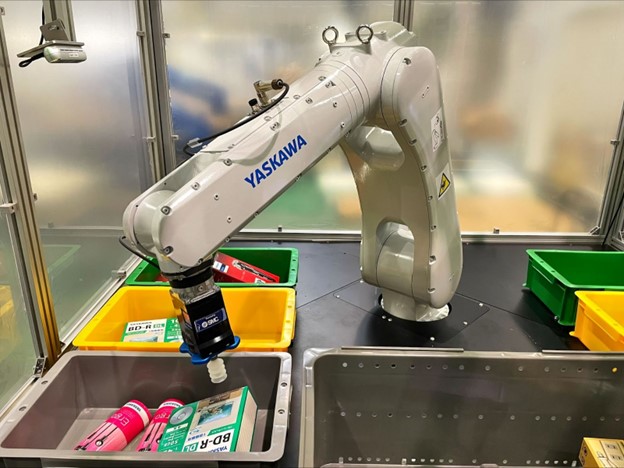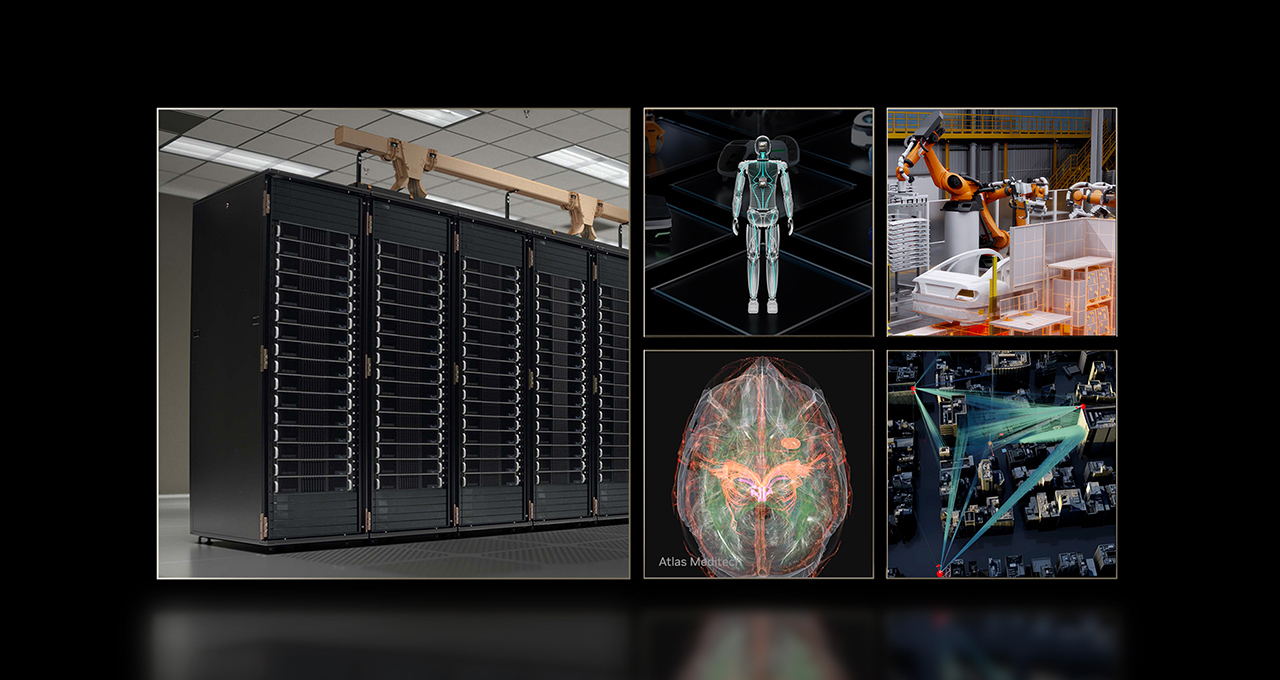
In a bold move to advance Japan’s AI capabilities, SoftBank’s telecom division is building the country’s most powerful AI supercomputer, powered by cutting-edge Nvidia Blackwell chips.
The new supercomputer will be the first to utilise Nvidia DGX B200 systems, designed to fast-track AI-driven initiatives across Japan and targeted at elevating sectors like healthcare, telecommunications, and manufacturing.
SoftBank also announced plans for a next-generation supercomputer using the Grace Blackwell platform, optimised for AI and high-performance computing with expanded memory capacity.
The SoftBank-Nvidia collaboration announced at the Nvidia AI Summit Japan signals the companies’ aim to make Japan a global AI leader by integrating AI across various industries.
A key element for SoftBank is an AI-powered mobile network management system, developed to handle high-traffic communication zones—ideal for applications such as autonomous vehicles, smart cities, and remote robotics.
Together with Nvidia, SoftBank successfully piloted the world’s first AI Radio Access Network (AI-RAN), a pioneering system merging AI and 5G technology.
AI-RAN promises improved network efficiency, reduced energy consumption, and enhanced support for real-time autonomous operations.
Junichi Miyakawa, president and chief executive officer of SoftBank, highlighted in a media statement the partnership’s potential to drive economic and social growth in Japan.
“With our powerful AI infrastructure and the innovative AI-RAN solution AITRAS that redefines 5G networks for AI, we are poised to lead the way in AI-driven transformation across Japan and beyond,” he said.

The AI Summit also featured partnerships with major Japanese cloud leaders, including KDDI, Sakura Internet, and GMO Internet Group, which will use Nvidia’s technology to drive AI innovation across fields like healthcare, automotive, and robotics.
KDDI will use Nvidia’s HGX systems to support GenAI and large language model development, while GMO Internet Group is set to launch GMP GPU cloud—the country’s first cloud offering to feature Nvidia’s full stack of AI technologies.
Beyond the cloud sector, Japanese companies such as Yaskawa and Seven & i Holdings are adopting Nvidia technologies to boost productivity and efficiency.
Yaskawa, a leader in industrial automation, is incorporating Nvidia’s AI-powered simulations to create adaptive robotic applications for industries ranging from logistics to agriculture.
Meanwhile, retail giant Seven & i Holdings is using Omniverse, Nvidia’s digital twin technology, to gather insights from video footage, enhancing both operational efficiency and customer safety.
Japan’s universities and research institutions are also joining the AI movement. The National Institute of Informatics announced LLM.jp-3-13B-Instruct, a sovereign AI model developed from scratch with government backing, underscoring Japan’s push for self-sufficiency in AI.
Additional models, such as Llama 3.1 Swallow, are optimised for Japanese tasks and can be integrated into various business applications.
The Institute of Science Tokyo and Japan’s National Institute of Advanced Industrial Science and Technology are building the Llama 3.1 Swallow model which can be integrated into Japanese GenAI workflows for uses ranging from cultural research to business applications.

These collaborations reflect Japan’s efforts to reinvigorate its technology sector. Once a global leader in electronics and hardware, Japan’s industries has faced challenges adapting to the software-dominated digital era in recent years.
With this new wave of AI-focused initiatives, Japan hopes to re-establish itself on the global tech stage by merging advanced AI hardware with transformative network solutions and cross-industry applications.
For Nvidia, its deepening ties with Japanese enterprises represent a critical step in expanding its influence outside the United States, positioning AI as a driver of economic and industrial progress across Asia.
Following significant engagements in India, these latest efforts in Japan also highlight Nvidia’s ambition to expand AI adoption globally, with a growing emphasis on Asia.






